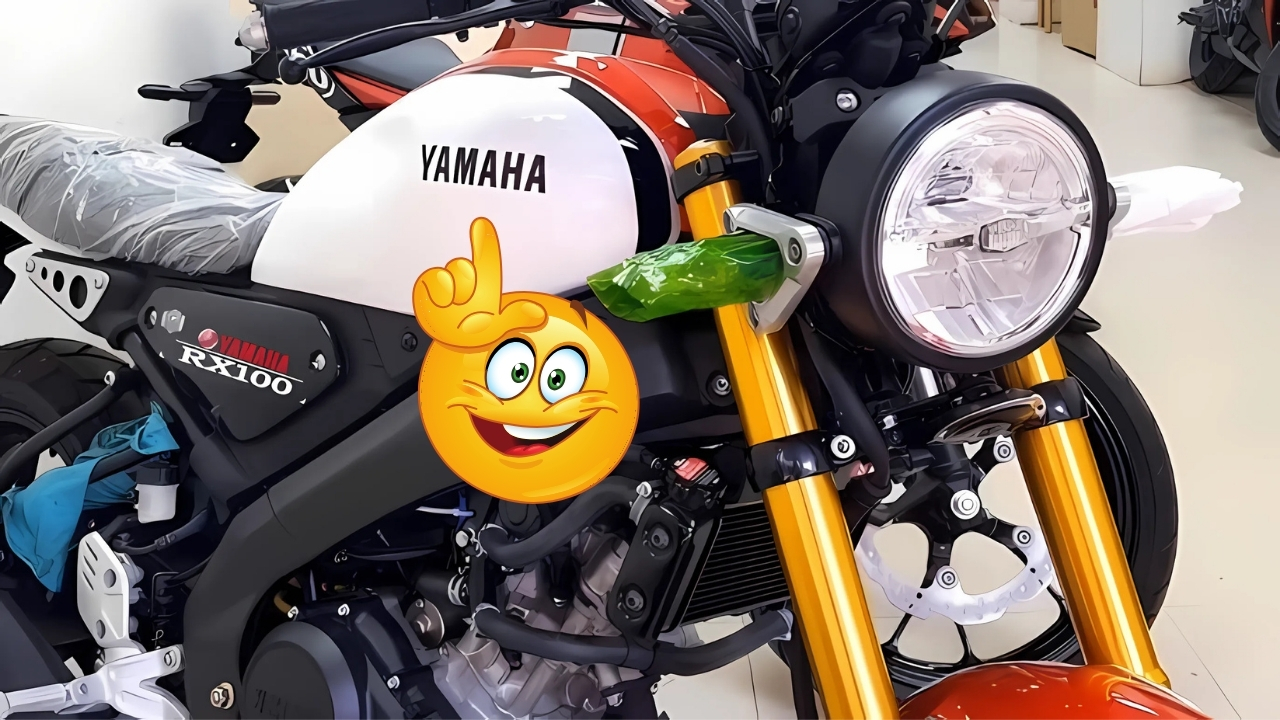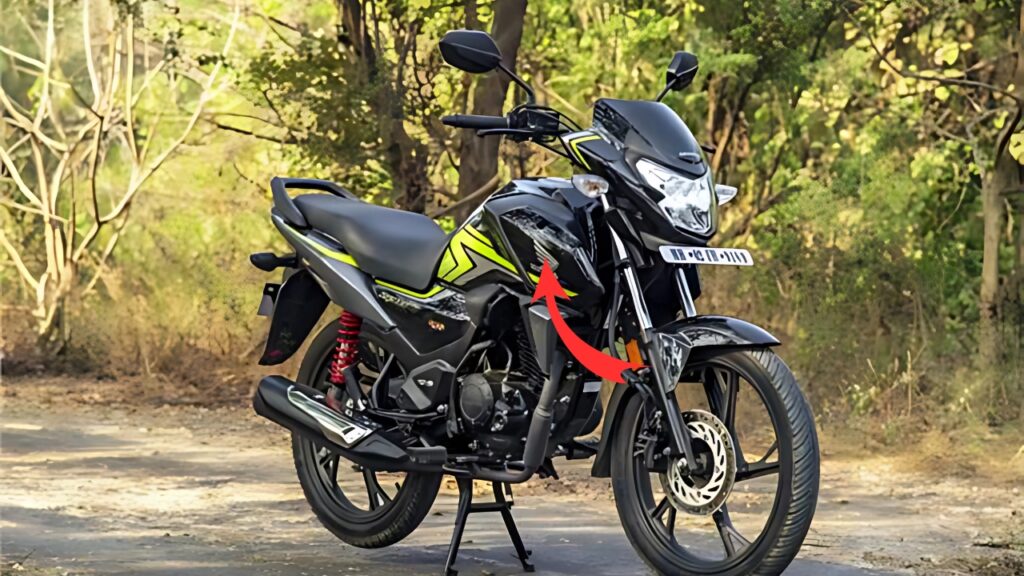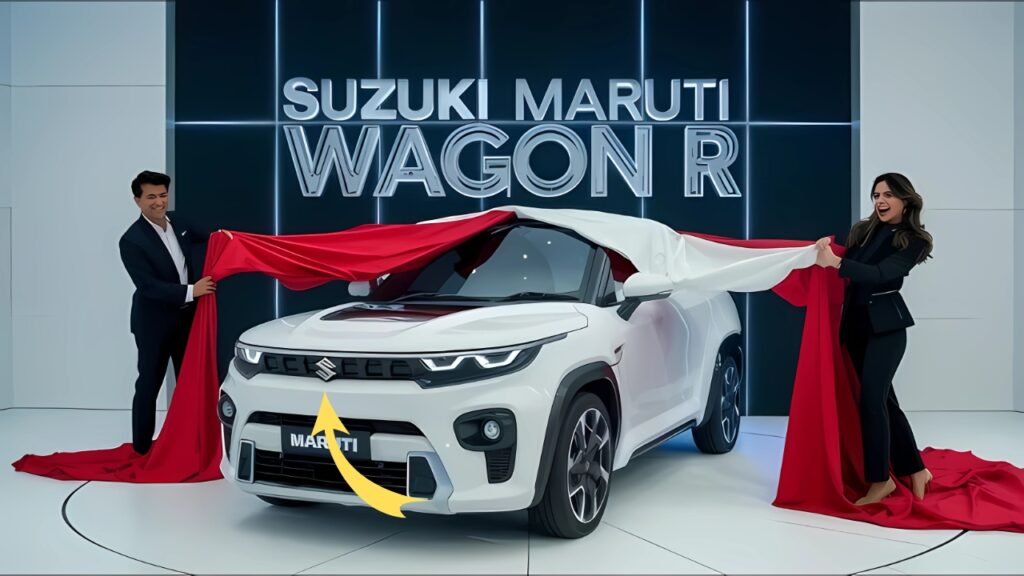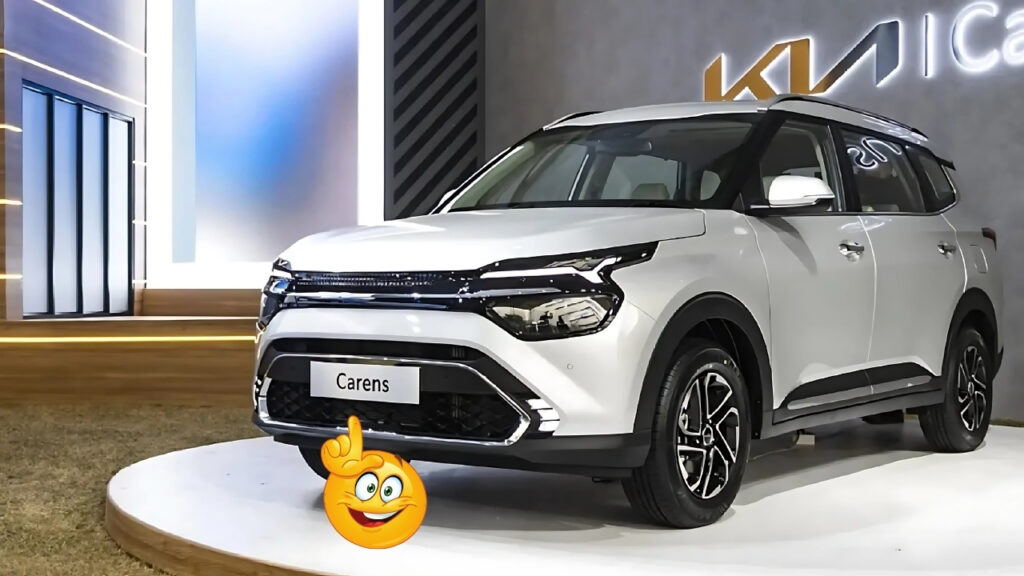Yamaha RX 100 : The distinctive high-pitched two-stroke whine that once dominated Indian roads in the 1990s is poised for a triumphant return.
The legendary Yamaha RX 100, a motorcycle that achieved cult status among enthusiasts for its lightweight frame, nimble handling, and explosive acceleration, is reportedly being reimagined for a new generation of riders.
This revival isn’t merely an exercise in nostalgia—it represents a strategic move by Yamaha to recapture the spirit of a machine that defined an era while adapting it to modern sensibilities and requirements.
Table of Contents
The Original Legend: Why the RX 100 Became a Cultural Icon

When Yamaha introduced the RX 100 to the Indian market in 1985, it created far more than just another commuter motorcycle.
With its 98cc two-stroke engine producing a remarkable 11 bhp and weighing just 103 kg, the RX 100 offered a power-to-weight ratio that was unmatched in its segment.
This translated to blistering acceleration that left much larger machines in its wake.
The motorcycle’s reputation was built on several key attributes:
-
Raw Performance: The motorcycle could sprint from 0-60 kmph in just 7.5 seconds—exceptional for its time and class.
-
Stripped-Down Simplicity: The minimalist design eliminated unnecessary components, focusing solely on the essentials.
-
Reliability: Despite its high-performance nature, the RX 100 was surprisingly dependable with proper maintenance.
-
Affordability: At its launch price of approximately Rs. 13,000, it made performance accessible to the masses.
By the time production ended in 1996, the RX 100 had firmly established itself in India’s automotive folklore.
Even decades after its discontinuation, well-maintained examples command prices several times higher than their original cost—a testament to the motorcycle’s enduring appeal.
Yamaha RX 100 The Modern Reimagining: What to Expect
According to industry sources, the revived RX 100 will retain the spirit of the original while incorporating necessary updates to meet contemporary standards and regulations. The most significant changes will include:
Engine and Performance
The defining characteristic of the original RX 100—its peppy two-stroke engine—faces the biggest challenge in revival due to stringent emission norms. The new version will likely feature:
-
A 150-200cc four-stroke engine with fuel injection
-
Power output estimated around 18-20 bhp
-
Electronic throttle control for precise power delivery
-
Multiple riding modes including a “Sport” setting designed to emulate the responsive acceleration of the original
While purists might lament the absence of the two-stroke powerplant, Yamaha’s engineers are reportedly focused on tuning the four-stroke alternative to deliver a similarly exciting riding experience with the characteristic quick throttle response.
Yamaha RX 100 Design Philosophy: Retro-Modern Fusion
The new RX 100’s styling is expected to follow the “neo-retro” approach that has proven successful with motorcycles like the Yamaha XSR series:
-
Classic silhouette maintaining the iconic teardrop tank shape
-
Round headlamp with modern LED lighting
-
Vintage-inspired analog instrumentation complemented by a small digital display
-
Chrome accents on the exhausts and mirrors balanced with blacked-out engine components
-
Single-piece seat with a subtle cafe racer-inspired tail section
According to leaked design studies, the motorcycle will retain the slim profile and minimalist aesthetic of its predecessor while incorporating contemporary design cues.
The result is described as “rapchik”—a Hindi slang term meaning stylish or cool—with an appearance that honors tradition while looking firmly toward the future.
Modern Technology Integration
While maintaining visual simplicity, the new RX 100 will incorporate essential modern features:
-
ABS (Anti-lock Braking System)
-
LED lighting throughout
-
Digital-analog hybrid instrument cluster
-
USB charging port discretely integrated
-
Bluetooth connectivity for essential notifications
-
Optional smartphone app for maintenance tracking
These additions aim to meet the expectations of today’s riders without compromising the motorcycle’s fundamental character of mechanical simplicity.
Yamaha RX 100 Market Positioning and Target Audience
The revived RX 100 is expected to be positioned as a premium offering in Yamaha’s lineup, targeting several distinct customer segments:
-
Nostalgic Original Owners: Now in their 40s and 50s with greater purchasing power, many former RX 100 owners have expressed interest in owning an updated version of their beloved first motorcycle.
-
Young Enthusiasts: Riders in their 20s and 30s who have grown up hearing tales of the RX 100’s legendary performance and wish to experience a modern interpretation.
-
Urban Commuters Seeking Distinction: Professionals looking for a daily ride that stands apart from the ubiquitous commuter motorcycles dominating Indian roads.
-
Collectors and Custom Builders: Enthusiasts who appreciate the motorcycle’s potential as a canvas for personalization.
Yamaha RX 100 Production and Availability
Production is reportedly slated to begin at Yamaha’s India Manufacturing Hub in the latter half of next year.
Initial production numbers are expected to be limited to create exclusivity, with approximately 10,000 units planned for the first year.
The motorcycle will likely be sold through Yamaha’s premium “Blue Square” dealerships, with a special emphasis on experiential marketing allowing potential buyers to connect with the product’s heritage.
Competitive Landscape
The revived RX 100 will enter a market segment that has seen growing interest in retro-styled motorcycles. Key competitors will include:
-
Royal Enfield Classic 350
-
Jawa 42
-
Honda H’ness CB350
-
TVS Ronin
Yamaha’s advantage lies in leveraging a genuine heritage model with strong emotional connections rather than creating a retro-inspired design from scratch.
The authentic lineage could prove a significant differentiator in this increasingly crowded segment.
Yamaha RX 100 Challenges and Opportunities
The revival faces several challenges that Yamaha must navigate carefully:
Balancing Heritage with Modern Requirements
Meeting current emission and safety standards while maintaining the character that made the original special represents a significant engineering challenge.
The switch from two-stroke to four-stroke power alone fundamentally changes the motorcycle’s character.
Price Expectations
The original RX 100’s affordability was a key factor in its success. The new version will inevitably be more expensive due to advanced technology and regulatory compliance, potentially limiting its accessibility.
Appealing to New Audiences
While nostalgia works for older riders, Yamaha must ensure the motorcycle appeals to younger customers who have no first-hand experience with the original.
The Cultural Impact
Beyond its commercial prospects, the RX 100’s return potentially represents a cultural moment in India’s automotive landscape.
The motorcycle was more than a mode of transportation—it was a symbol of youthful freedom and aspiration for a generation.
Social media has already buzzed with anticipation at early rumors of the revival, with hashtags like #RX100Return and #YamahaLegend generating substantial engagement.
Motorcycle enthusiast groups across the country have organized rides celebrating the original model, demonstrating the enduring community surrounding this iconic machine.
Yamaha RX 100 Conclusion
The Yamaha RX 100’s comeback represents a fascinating case study in how automotive manufacturers can honor their heritage while adapting to contemporary realities.
The success of this revival will depend largely on how effectively Yamaha captures the essence of what made the original special—its lightweight agility, responsive performance, and simple functionality—while meeting the needs and expectations of today’s riders.
For countless enthusiasts who have maintained, restored, or simply dreamed about owning an RX 100, the motorcycle’s return offers a chance to reconnect with a mechanical icon that helped define Indian motorcycling culture.
If Yamaha can successfully translate the original’s “rapchik” character into a modern interpretation, the new RX 100 could very well create its own legacy for the next generation of riders.
As the anticipated launch date approaches, the motorcycle community watches with equal measures of hope and scrutiny, waiting to see if the king of the 1990s can reclaim its throne in a dramatically changed landscape.





